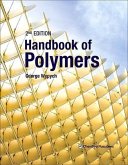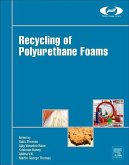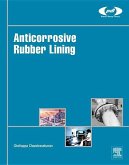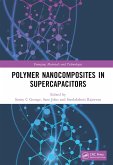Clay-Polymer Nanocomposites is a complete summary of the existing knowledge on this topic, from the basic concepts of synthesis and design to their applications in timely topics such as high-performance composites, environment, and energy issues. This book covers many aspects of synthesis such as in- situ polymerization within the interlamellar spacing of the clays or by reaction of pristine or pre-modified clays with reactive polymers and prepolymers. Indeed, nanocomposites can be prepared at industrial scale by melt mixing. Regardless the synthesis method, much is said in this book about the importance of theclay pre-modification step, which is demonstrated to be effective, on many occasions, in obtaining exfoliated nanocomposites. Clay-Polymer Nanocomposites reports the background to numerous characterization methods including solid state NMR, neutron scattering, diffraction and vibrational techniques as well as surface analytical methods, namely XPS, inverse gas chromatography and nitrogen adsorption to probe surface composition, wetting and textural/structural properties. Although not described in dedicated chapters, numerous X-ray diffraction patterns of clay-polymer nanocomposites and reference materials are displayed to account for the effects of intercalation and exfoliations of layered aluminosilicates. Finally, multiscale molecular simulation protocols are presenting for predicting morphologies and properties of nanostructured polymer systems with industrial relevance. As far as applications are concerned, Clay-Polymer Nanocomposites examines structural composites such as clay-epoxy and clay-biopolymers, the use of clay-polymer nanocomposites as reactive nanocomposite fillers, catalytic clay-(conductive) polymers and similar nanocomposites for the uptake of hazardous compounds or for controlled drug release, antibacterial applications, energy storage, and more.








